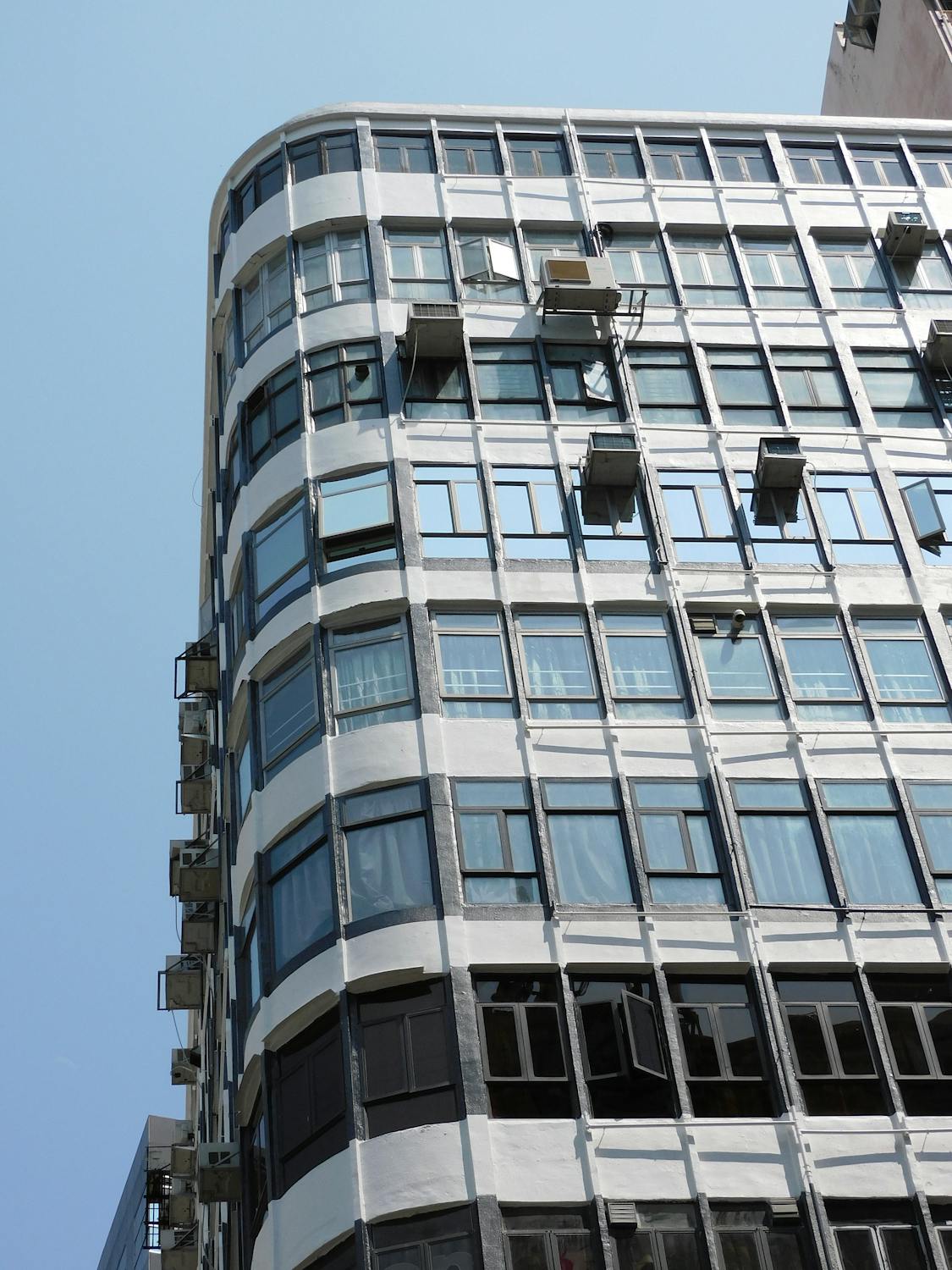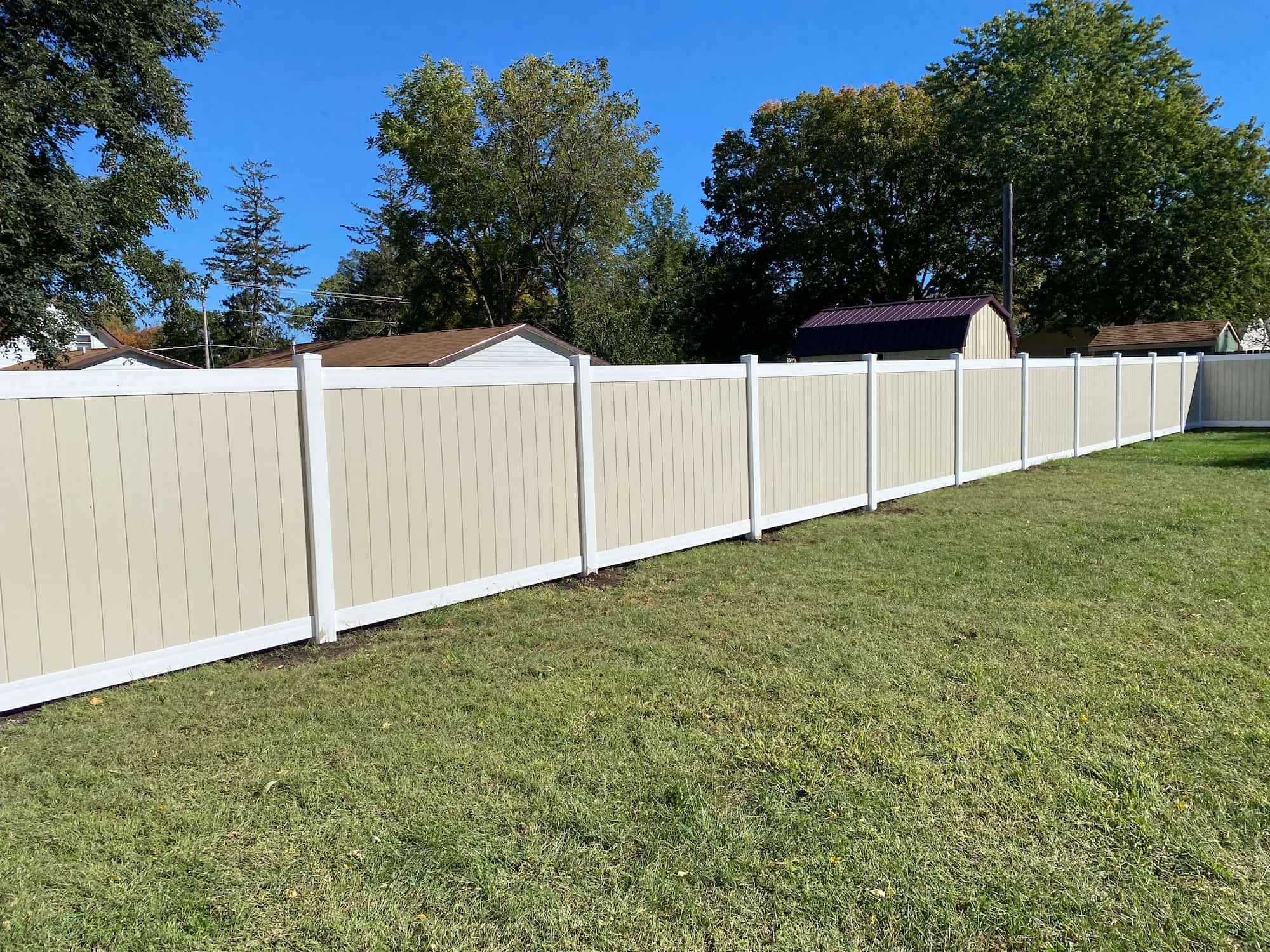Home sales, construction thriving despite chaos of 2020
In fact, the Upper Midwest region’s housing market is thriving.
After a slow start in early 2020, sales of single-family homes in the Fargo-Moorhead area took off, eclipsing last year’s numbers. The same has been true for construction of single-family homes.
Through the first 11 months of this year, about 4,358 homes were sold in the Fargo-Moorhead metro area, outpacing the approximately 3,737 sold in 2019 during the same time period, according to Nick Olson, president of FM Realtors and broker/owner at Coldwell Banker/Element Realty.
In addition, Olson said the average sale price of homes in the area went from about $244,000 in 2019 to a current average price of about $257,000.
“It’s a substantial increase,” Olson said, acknowledging that gains in home sales and home value seem to make little sense given the world pandemic and its economic impacts.
“I scratch my head and wonder why this is happening,” Olson said, adding that he and others who are in the business of selling homes remain thankful, nonetheless.
Olson said no single reason likely accounts for the strong housing market, but historically low interest rates clearly play a big part.
With rates on a 30-year fixed mortgage around 3% or lower, Olson said buying a home makes sense for many.
“I’ve sold houses to people who are spending $1,400 a month in rent; they get into a house and their house payments is $1,100, or whatever, and then they’re building that equity,” Olson said.
The housing market appears to be hot across the country, including in Minnesota and South Dakota.
According to Minnesota Realtors, home sales in Minnesota began to take off in July, similar to the way they do in the spring in a more normal year.
Year to date, sales of single-family homes are up about 7% across Minnesota, while the month of November saw a nearly 16% increase in home sales in the state compared to November 2019, according to Minnesota Realtors.
The picture in October was even more impressive, as sales were up nearly 30% from October 2019.
“In 2020, fall is the new spring in terms of market activity,” said Chris Galler, CEO of Minnesota Realtors.
In October, the median home price in Minnesota reached $285,000, up 14% from a year ago and the highest median home price since records have been kept in Minnesota, according to Galler.
The housing market in South Dakota is very similar to what North Dakota and Minnesota are experiencing, according to Brandon Martens, president-elect of South Dakota Realtors.
Martens said in the Sioux Falls market, year-to-date sales of existing homes are up about 10.6% from what they were a year ago.
He added that while demand for homes is high, the inventory is low.
“Some of our struggle locally is lack of inventory, or our sales would be higher,” Martens said.
Home offices back in style
Darrick Guthmiller, president of the Home Builders Association of Fargo-Moorhead, said interest rates are a major driver of the housing market locally and across the country, but they’re not the only one.
Guthmiller said the fact many people now work from home due to the pandemic is another major factor, as people are wondering: “If this is the way things are going to be, maybe we need to make a move.”
Darrick Guthmiller. Special to the Forum
Guthmiller, who is also president of Kochmann Brothers Homes, a Fargo house builder, said home gyms and offices are becoming increasingly popular features in new houses. “A number of years ago, people had big computers so people needed a big office. Then we got into smaller offices and then no offices,” Guthmiller said.
“Now, we’re putting an office back into pretty much all the homes. It’s definitely a trend,” Guthmiller said.
Building permit numbers for the Fargo metro area illustrate the growth in new home starts in 2020 compared to 2019.
Permits for single-family homes numbered 828 from January through September of this year, a 37% increase over the 603 permits issued during the same period in 2019, according to numbers from the Home Builders Association.
Guthmiller said building permit numbers for new homes in the metro area are slightly above the five-year average, a remarkable situation, he said, given the pandemic.
MORE BUSINESS & MONEY COVERAGE FROM THE 2020 PROJECT:
While it’s unknown how long favorable interest rates will hang around, Guthmiller said buyer confidence could remain high for some time, even if interest rates rise.
One potential reason: when the pandemic eventually wanes things like greater employment stability could buoy consumer confidence and spending.
“Once we’re through this, remodeling is probably going to take off, too,” Guthmiller said.
Olson agreed, adding that when it comes to remodeling, a lot is happening already.
He said that insight comes from a relative of his who manages a hardware store in Moorhead who tells him business is up substantially.
“People are investing back into their houses, repairing things, or getting it (their home) ready to sell,” Olson said, adding that from what he hears real estate agents nationwide are seeing brisk business.
“You’re seeing a lot of everything,” he said.
First-time buyers face challenge
The North Dakota Housing Finance Agency recently released a study titled, “The Current State of Housing in North Dakota,” which explores the affordability of the state’s single and multifamily housing, the impacts of COVID-19, and housing challenges faced by vulnerable populations in 2020.
The study notes that 60% of North Dakotans own their own home and in recent years homeowners have benefited from above-average increases in home value.
While that’s good for those who already own homes, it’s a different story for those looking to join the club, according to NDHFA Executive Director Dave Flohr.
“More than half of existing homes on the market in North Dakota had a sale price above $300,000 in September and the cost of construction materials, labor, land and utilities restricts the ability to list a home for less than $250,000, making it difficult for new households, particularly first time buyers, to enter the market,” Flohr said.

Home lot signage is displayed in the Rocking Horse Circle neighborhood in south Fargo.
David Samson / The Forum
According to the NDHFA study, a home is affordable when 30% or less of a household’s earned income is spent on housing. Households that put more than 30% of income towards housing are considered to be cost burdened.
An American Community Survey estimated that 14% of North Dakota homeowners spent more than 30% of their income for housing in 2018, while about 39% of renters are thought to have spent 30% or more of their income on housing, according to the NDHFA study.
A large segment of North Dakota’s renters work in accommodations and food services industries, the state’s lowest wage occupations, according to Flohr, who added minimum wage households must work 89 hours a week to rent an affordable apartment.
“We know that having a place to call home can be transformative for a household and there are hard to house individuals in our state who face challenges beyond affordability that keeps them from finding a home,” Flohr said.
READ: THE 202O PROJECT, a 13-day series that looks at all the ways 2020 has changed us.
“COVID-19 has exacerbated the housing issues faced by low-income households and vulnerable populations,” he added.
Those vulnerable populations include women and children at risk for domestic violence, said Erin Prochnow, CEO of YWCA Cass Clay, which operates the largest shelter in North Dakota/Northwest Minnesota serving women and children who live in homes where their safety is tenuous.
“During this time of pandemic, our commitment to those facing violence and homelessness has remained steadfast, but aside from that I think it’s safe to say nothing is the same,” Prochnow said adding that COVID-19 has added an extra layer of stress for those living in abusive situations.
“What we’re hearing anecdotally from women is that it’s difficult to leave in a pandemic when your abuser is home all the time; secondarily they’re fearful of coming into a communal living environment, such as a shelter setting, because they want to protect their children and themselves from the coronavirus,” Prochnow said.
She said one statistic that reflects those concerns is the percentage of women who phone the YWCA’s Fargo shelter to reserve a spot, but then aren’t able to arrive.
In June, that number was 40%, according to Prochnow.
“Obviously, this is distressing to our team,” she added.
This story is part of a 13-day series that looks at all the ways 2020 has changed us. From now until 2021, expect stories on workplace and education, sports, economics, politics and everything in between.










